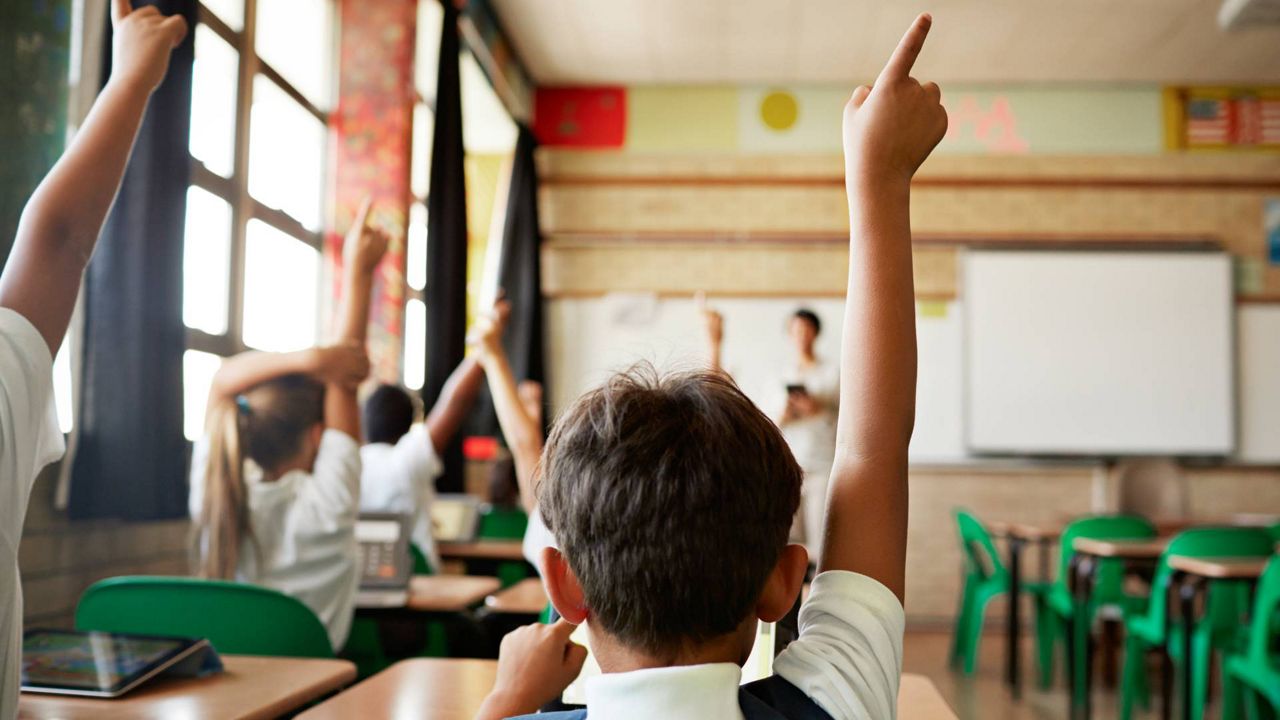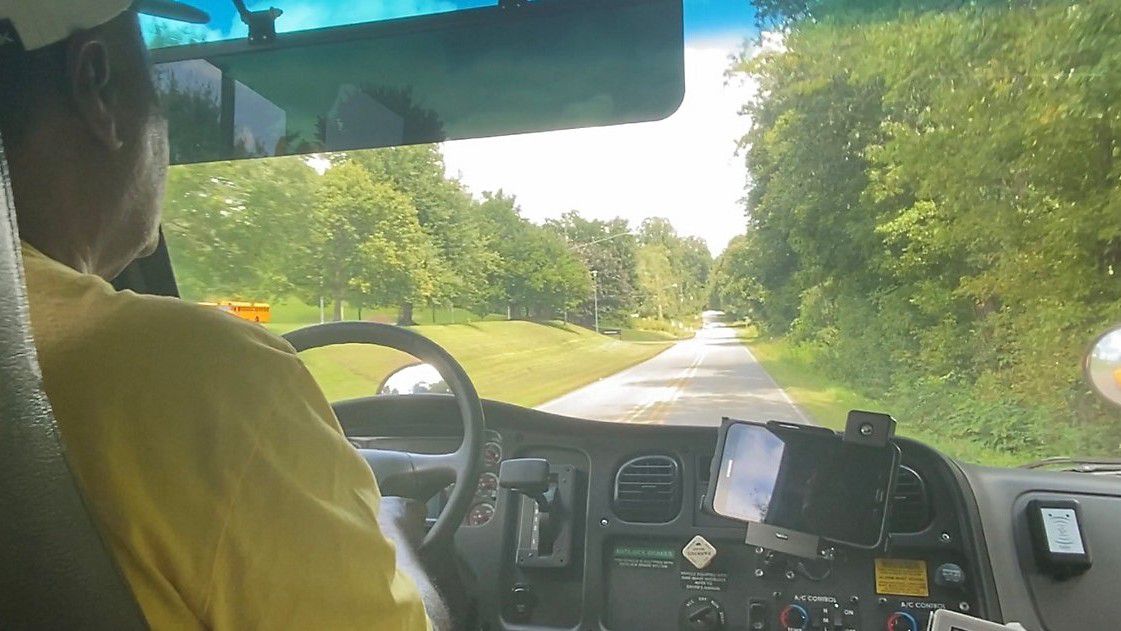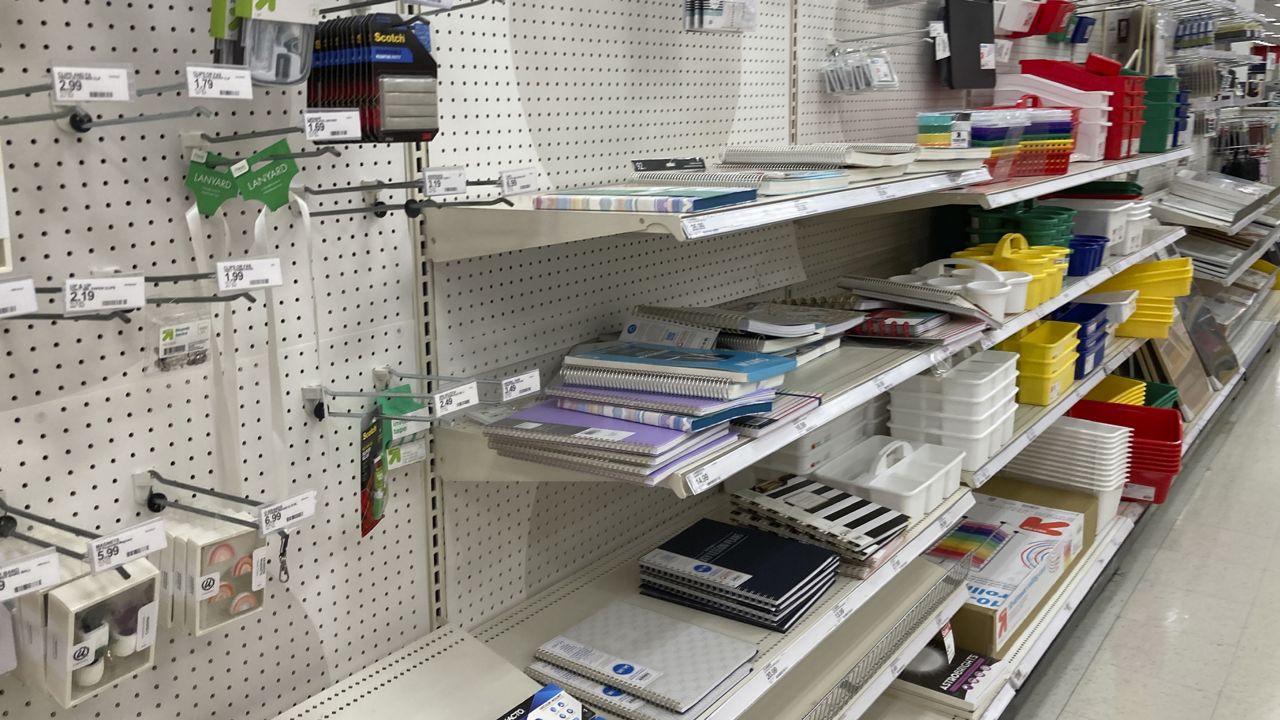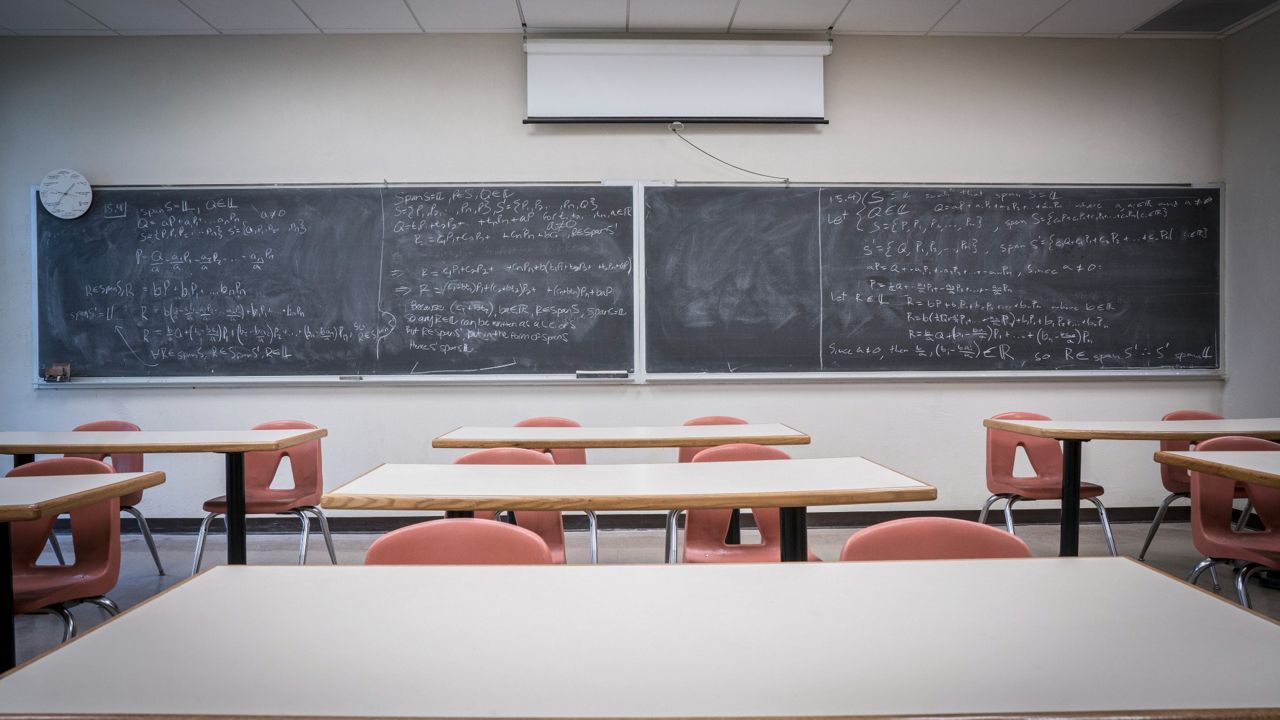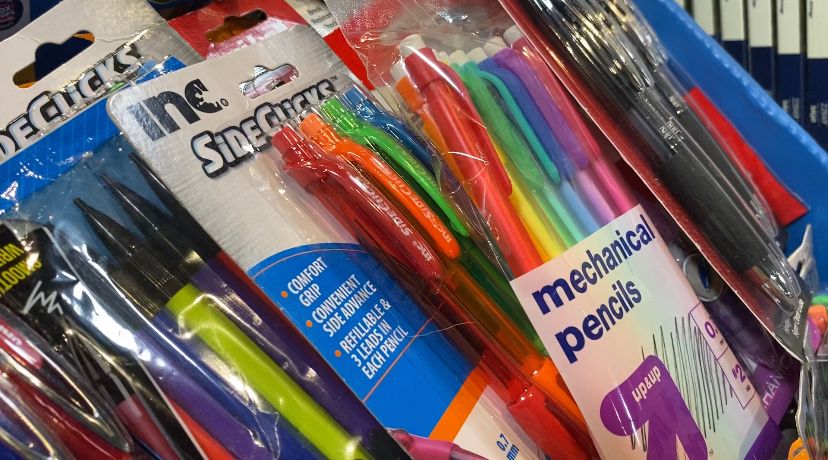RALEIGH, N.C. (AP) — Hundreds of additional North Carolina public schools are now labeled as low-performing, even as 2021-22 student test scores improved overall compared to the previous year marked by COVID-19 instructional restrictions, score results released Thursday show.
Data from the Department of Public Instruction indicate 51% of students were proficient on state exams in the last school year, compared to a rate of over 45% during the 2020-21 school year, The News & Observer of Raleigh reported. The percentages still fall short of the nearly 59% proficiency rate for 2018-19, the last full school year before the pandemic. Testing was waived in spring 2020 as schools were shuttered for in-person learning.
An earlier DPI analysis found that that some students were months or even over a year behind in math and reading at the end of the 2020-21 school year because of pandemic learning losses.
“The recovery is in progress, but it is going to take time,” Tammy Howard, director of DPI’s Office of Accountability, said at a State Board of Education meeting where the results were discussed.“The recovery is in progress, but it is going to take time,” Tammy Howard, director of DPI’s Office of Accountability, said at a State Board of Education meeting where the results were discussed.
The results also scored schools on an A-F letter-grade scale for the first time since the 2018-19 school year. The grades are a combination of passing rates on exams and exceeding growth expectations on those tests. Thirty-four percent of the schools, or 864 of them, now meet the state’s definition of low-performing, which means having D or F grades and not exceeding growth expectations. There were 488 low-performing schools on the list for 2018-19.
Schools on the list for two out of the past three testing years are eligible for the “Restart” program, which gives the school flexibility to change operations to help improve academic performance, WRAL-TV reported. These schools also could access more funds.
Critics of the grading system say it is heavily weighted toward passing rates on exams and could single out high-poverty schools, which on average receive lower performance grades than affluent schools.
“I share the same concerns of many educators, parents and others who have raised concerns for years about the fairness of the grades,” state schools Superintendent Catherine Truitt said in a news release. The legislature would have to agree to modify the performance grades.
The percentage of schools with A and B grades this past year was 23%, with 42% of the schools receiving D and F grades.
DPI also announced the state’s four-year high school graduation rate fell from 86.9% in the 2020-21 school year to 86.2% this past year. The rate remains well above the 68% rate when the state first reported one for the class of 2006.
The State Board of Education also agreed Thursday to spend $4.5 million in federal COVID-19 relief funds to ensure that hundreds of principals avoid a potentially steep reduction in their portion of pay that’s based on student achievement.
A state law otherwise altering how principal performance pay is calculated would affect salaries starting in January. The additional funds would cover a year.





